Table of Contents
- What Is Baharat Seasoning?
- A Spicy Stroll Through History
- Flavor Profile & Common Ingredients
- Creative Ways to Use Baharat in Cooking
- Buying Guide: How to Choose the Best Baharat Seasoning
- Storing Baharat for Maximum Freshness
- Regional Variations Around the World
- Health Benefits of Baharat Ingredients
- Fun Facts About This Iconic Spice Blend
- Conclusion
What Is Baharat Seasoning?
Baharat (also spelled as "bahar" or "behar") is a traditional Middle Eastern spice blend known for its warm, earthy, and slightly sweet notes. The word 'baharat' literally means 'spices' in Arabic, but when used specifically, it refers to a carefully balanced mixture that varies by region — and even from one household to another.
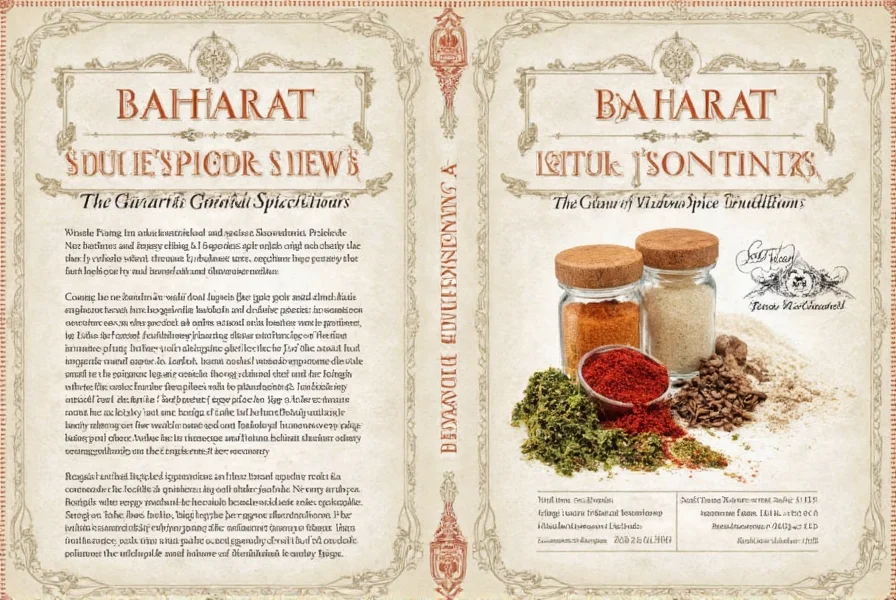
This aromatic blend typically includes black pepper, coriander seeds, cumin, cinnamon, nutmeg, cloves, and sometimes allspice or cardamom. Each region has its own twist on the mix, often dictated by availability and local preferences. It's commonly used in meat dishes, stews, rice pilafs, and soups.
A Spicy Stroll Through History
The origins of baharat seasoning can be traced back centuries to the spice trade routes that connected the Middle East with Europe, Africa, and Asia. Spices were not only valued for their flavor but also for their medicinal properties and role in food preservation before refrigeration.
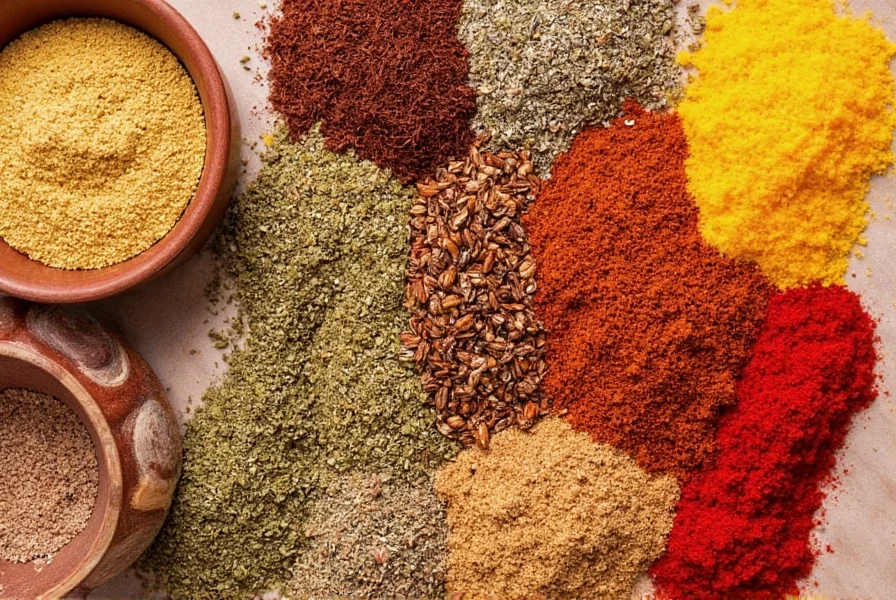
In the Ottoman Empire and later in Arab kitchens, baharat became a staple, passed down through generations. The blend was often homemade, with families tweaking the proportions to suit their tastes. Today, while pre-made blends are widely available, many cooks still prefer to grind and mix their own for maximum freshness and customization.
Flavor Profile & Common Ingredients
Baharat offers a complex and layered flavor profile. It’s earthy from the cumin, peppery from the black pepper, warm from cinnamon and nutmeg, and subtly sweet thanks to clove and allspice. Some versions add a touch of heat from chili flakes or paprika.
| Ingredient | Flavor Contribution |
|---|---|
| Black Pepper | Mild heat and sharp bite |
| Cumin | Earthy warmth |
| Coriander Seeds | Citrusy and floral |
| Cinnamon | Sweet, woody warmth |
| Nutmeg | Buttery and musky sweetness |
| Cloves | Intense, sweet-heat depth |
| Allspice / Cardamom (optional) | Fragrant complexity |
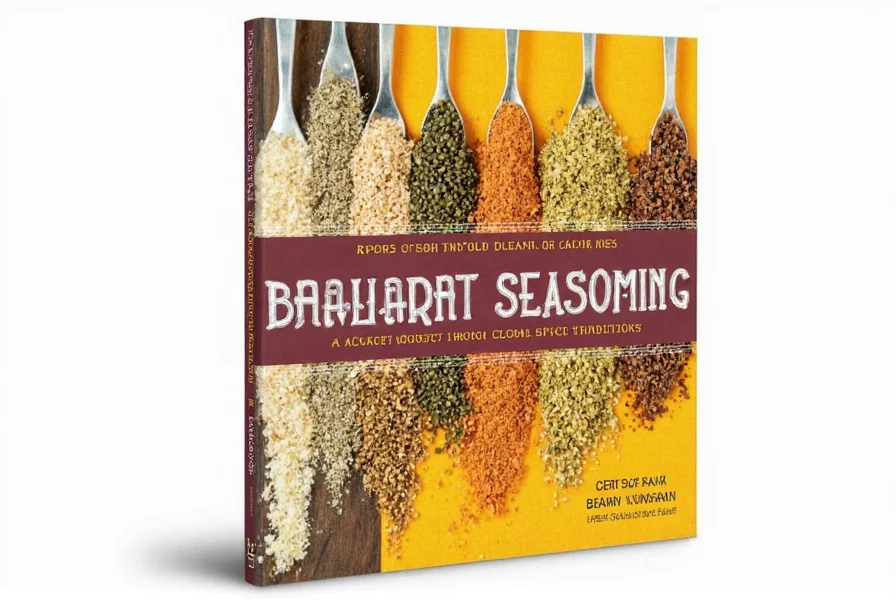
Unlike garam masala (from South Asia) or ras el hanout (North African), which can contain over 20 spices, baharat usually features fewer ingredients, making it more approachable for home cooks who want bold flavor without overwhelming complexity.
Creative Ways to Use Baharat in Cooking
Baharat seasoning is incredibly versatile. Here are some practical tips to incorporate it into your meals:
- Grilled Meats: Rub onto lamb chops, beef kebabs, or chicken thighs before grilling for a fragrant crust.
- Stews & Braises: Add a teaspoon to lamb shank stew or chickpea tagine for an extra layer of warmth.
- Rice Dishes: Stir into basmati rice along with saffron and onions for a spiced pilaf.
- Vegetable Roasting: Toss root vegetables like carrots or parsnips with olive oil and baharat before roasting for a caramelized kick.
- Homemade Hummus: Mix a pinch into tahini paste before blending for a deep, nutty flavor boost.
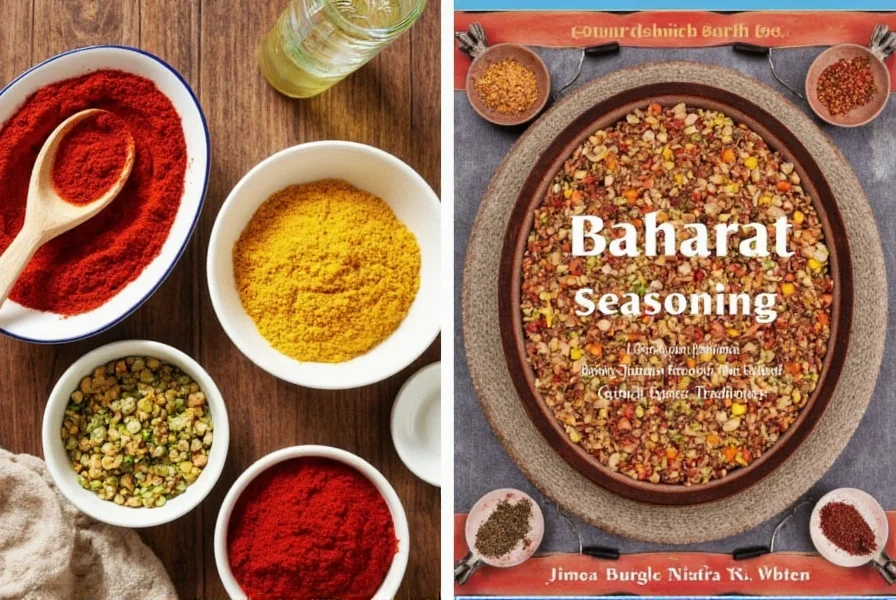
Pro Tip: Try adding a dash of baharat to tomato-based pasta sauces or lentil soups for a Middle Eastern flair that surprises and delights!
Buying Guide: How to Choose the Best Baharat Seasoning
When shopping for baharat seasoning, whether in bulk at a market or off the shelf, here are some key factors to consider:
1. Ingredient Quality
Look for whole spices that are ground fresh, rather than pre-mixed powders that may have been sitting on the shelf for months. Fresher spices retain more aroma and potency.
2. Brand Transparency
Opt for brands that list all ingredients clearly. Avoid mixes with fillers like cornstarch or anti-caking agents unless specified as necessary.
3. Regional Style
Some brands specialize in Levantine, Persian, or North African variations. Check labels or ask vendors about the regional origin to match your recipe needs.
4. Organic & Ethically Sourced
If sustainability matters to you, look for organic-certified or fair-trade options. Brands like Zamouri Organics and Kalustyan's offer premium, ethically sourced spice blends.
5. Custom Blends
If you're adventurous, try making your own baharat! You can customize the heat level, sweetness, or earthiness based on your taste.
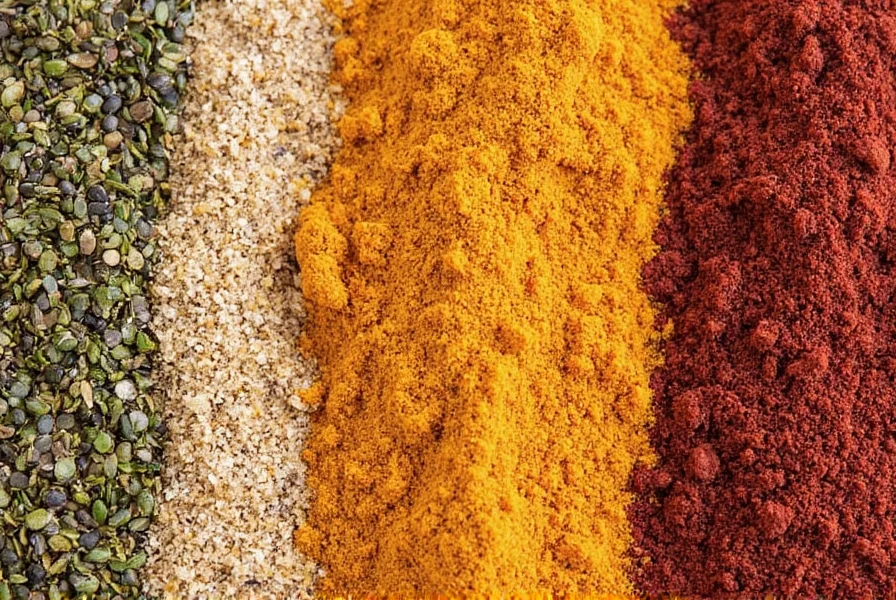
Storing Baharat for Maximum Freshness
To preserve the vibrant flavor of your baharat seasoning, store it in an airtight container away from direct sunlight and moisture. Whole spices last longer than ground ones, so if you buy them separately, grind only what you need each time.
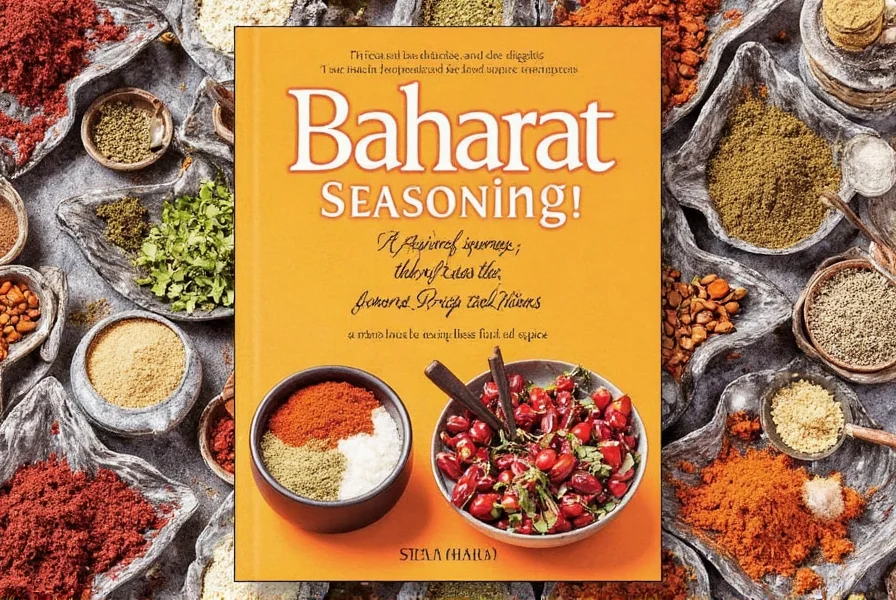
Here are some storage tips:
- Use amber glass or metal containers to protect against light exposure.
- Avoid storing near the stove where heat can degrade the oils.
- Label your spice jars with the purchase date to track freshness (ground spices are best within 6–12 months).
Regional Variations Around the World
While baharat originated in the Middle East, its influence extends far beyond. Here’s how different regions interpret this beloved spice blend:
| Region | Key Ingredients | Signature Dishes |
|---|---|---|
| Lebanon | Cinnamon, allspice, black pepper, nutmeg | Tabbouleh, stuffed grape leaves |
| Saudi Arabia | Cardamom, cloves, ginger, paprika | Kabsa, lamb stew |
| Turkey | Paprika, mint, thyme | Meatballs, grilled meats |
| Morocco | Ginger, turmeric, cumin | Tagines, couscous |
| Gulf Countries | Black lime powder, dried rose petals | Harees, machboos |
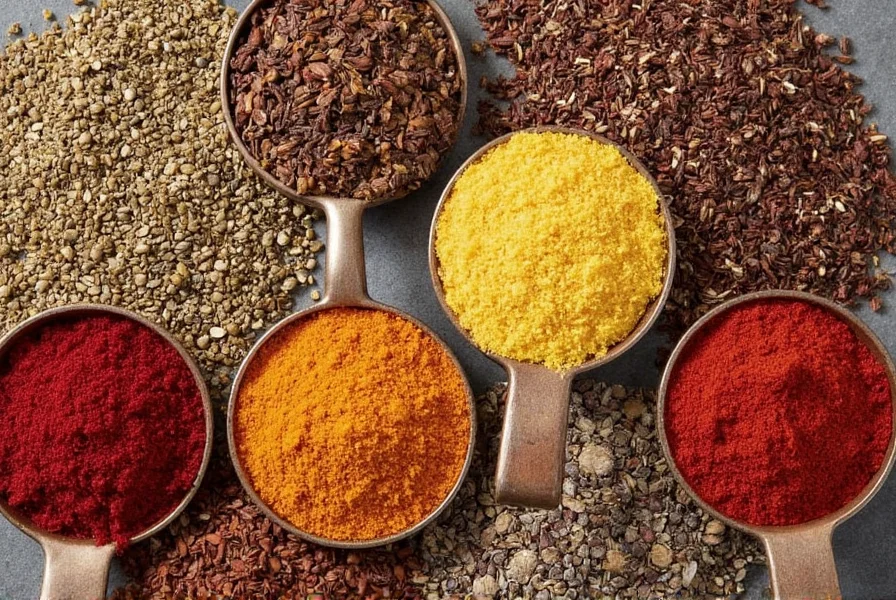
Health Benefits of Baharat Ingredients
Beyond its flavor, baharat contains several spices known for their health benefits:
- Cumin: Aids digestion and may help regulate blood sugar levels.
- Cinnamon: Has anti-inflammatory properties and helps control blood pressure.
- Cloves: Packed with antioxidants and antimicrobial compounds.
- Nutmeg: Contains compounds that may improve brain function and reduce inflammation.
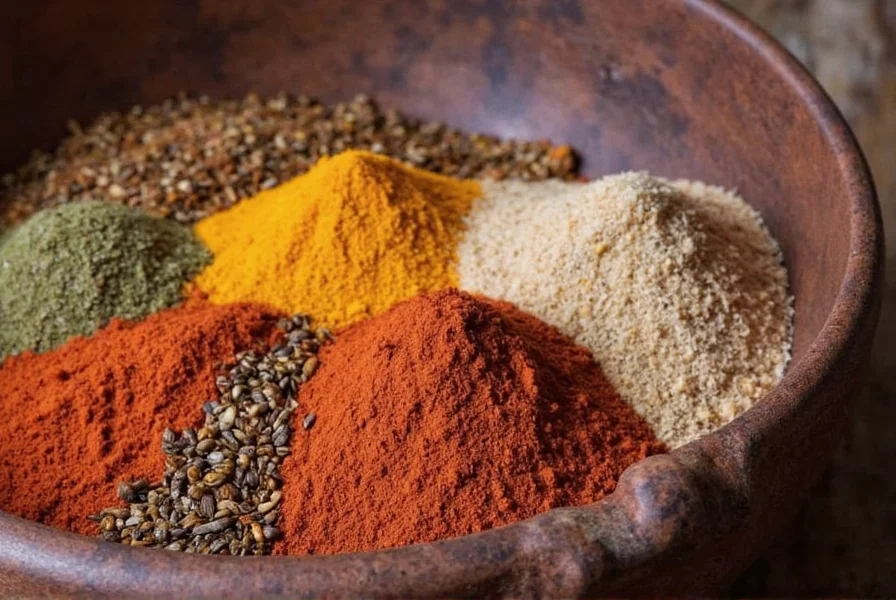
Fun Facts About This Iconic Spice Blend
Let’s wrap things up with some quirky tidbits about baharat seasoning:
- In some Middle Eastern cultures, baharat is believed to bring good luck when sprinkled in the kitchen before major holidays.
- The exact ratio of spices in baharat can vary so much that two family recipes from the same village might taste completely different.
- It’s often called the “kitchen bouquet” of Middle Eastern cuisine because of its ability to enhance so many different flavors.
- Baharat pairs surprisingly well with chocolate — try a tiny pinch in your next batch of brownies for a subtle warmth.
- Some chefs suggest using baharat in coffee rubs for grilled steak or lamb.
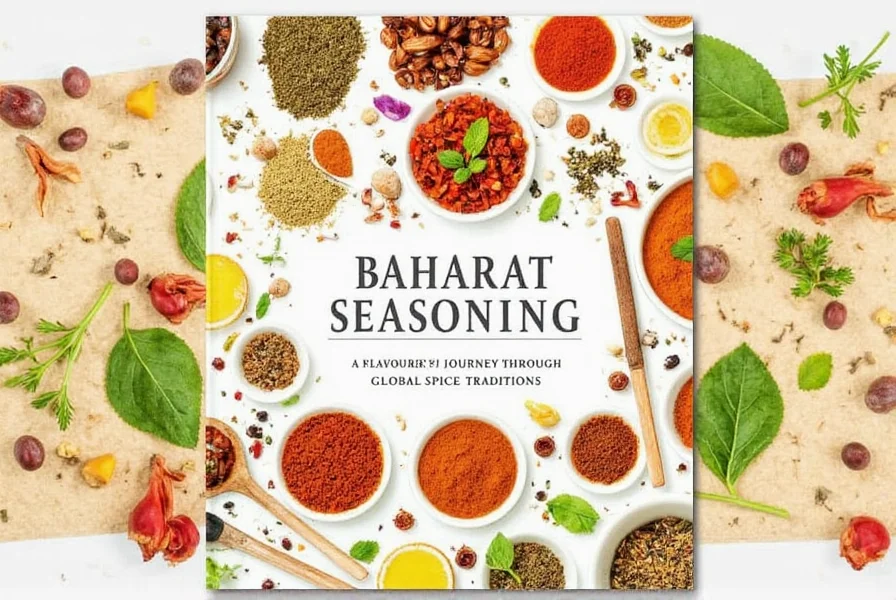
Conclusion
Baharat seasoning is more than just a spice blend — it’s a culinary tradition steeped in history, culture, and flavor. Whether you're grilling meat, roasting vegetables, or spicing up your morning eggs, baharat brings a distinctive warmth that elevates any dish.
From selecting the right blend to storing it properly and experimenting with new recipes, there’s always something exciting to learn and explore with baharat. So why not take your kitchen on a flavorful journey today? Grab a jar, sprinkle some magic into your meal, and let the aromas transport you straight to the bustling souks of the Middle East.
Remember: the secret to great cooking lies not just in technique, but in the stories we tell through our ingredients — and few spices tell a richer story than baharat.

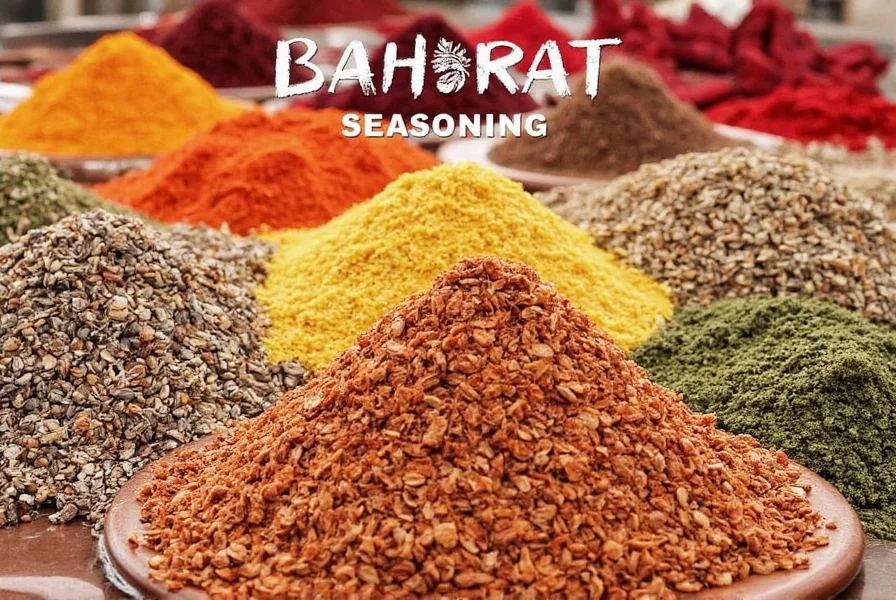









 浙公网安备
33010002000092号
浙公网安备
33010002000092号 浙B2-20120091-4
浙B2-20120091-4